The Institute of Archaeology (under the Vietnam Academy of Social Sciences) recently coordinated with the Ho Dynasty Citadel Heritage Conservation Center (Department of Culture, Sports and Tourism of Thanh Hoa province) to organize a field workshop to announce the initial results of the excavation of the East and West Moats of the Ho Dynasty Citadel. During this excavation, scientists found many artifacts of great historical value, and at the same time determined the scientific basis for the scale and architecture of the moat, which has always been a mystery for over 620 years.
World Heritage Ho Dynasty Citadel, the unique mysterious stone citadel in Vietnam
The architecture of the corner of the Moat Citadel was found for the first time. Mr. Nguyen Ba Linh, Deputy Director of the Center for Conservation of Ho Dynasty Citadel Heritage, said that during the 2 months of excavation in 2 pits of 7,000 m2 wide (the eastern pit is 3,000 m2 wide, the western pit is 4,000 m2 wide), researchers found many small pieces of stone blocks, some pieces of architectural materials such as rectangular bricks, red tiles and ceramic artifacts, production and living tools from different early and late periods dating from the Ly Dynasty to the Tran, Ho, Le So, Nguyen dynasties... Notably, in this excavation, for the first time, historians found the structure of the corner of the Moat Citadel in the West as well as the reinforced foundation of the Ho Dynasty Citadel. From this discovery, historians unanimously concluded that the Moat Citadel is an important part of the Ho Dynasty Citadel. The moat is 50-60 m wide and about 6.8 to 7.2 m deep, but its length is yet to be determined. "The moat is carefully reinforced with many layers of crushed stone and solid clay, capable of withstanding natural disasters and changes of time. The moat is not only a place to drain water but also has military tactics," Mr. Linh shared.
The 2-month excavation in the East and West of the Ho Dynasty Citadel has discovered many important data.
Chairman of the National Cultural Heritage Council, Professor, Doctor Luu Tran Tieu said that the discovery of the corner structure of the citadel is an important discovery, contributing to determining once again the scale, value, architecture and location of the citadel and Tay Do citadel. According to Professor Tieu, in the long term, there needs to be an in-depth workshop and soon find a plan to restore the citadel, contributing to further promoting the historical value of the Ho Dynasty Citadel. Talking to Nguoi Lao Dong Newspaper , Mr. Truong Hoai Nam, Head of the Heritage Department (Ho Dynasty Citadel Heritage Conservation Center), said that this is the third time scientists have coordinated with the Ho Dynasty Citadel Heritage Center to excavate the citadel to clarify many unsolved "mysteries". "In 2015, the southern moat was excavated, in 2016 the northern moat was excavated, and this year the east and west sides were excavated. In the previous two excavations, scientists also found the architecture of the moat such as the moat embankment, the foot of the embankment, and the moat. This time, the discovered corner of the moat will greatly help scientists and historians in researching and clarifying the architecture of the Ho Dynasty Citadel to have the most accurate restoration, embellishment, and reconstruction plan," said Mr. Nam.
The discovery of the Moat corner is an important discovery in this excavation by scientists.
In addition to discovering the corner of the citadel moat, during the excavation of the Ho Dynasty Citadel body in late 2018 and early 2019, scientists also discovered many important data, helping historians decode the "technology" of building the stone citadel of Ho Quy Ly that has existed for more than 620 years. Dr. Do Quang Trong, Deputy Director of the Department of Culture - Sports and Tourism of Thanh Hoa province (who directly participated in the excavation of the citadel body), said that after 5 months of excavating the wall and foot of the Ho Dynasty Citadel (from September 2018 to January 2019), archaeologists concluded that the citadel wall had a structure built with soil on the body and inside, the outside of the wall was covered with large and small stones, some weighing tens of tons. Notably, the excavation process discovered that the citadel was built with 11 layers of soil and gravel very meticulously, solidly and firmly; The citadel wall base is reinforced with a fairly uniform layer of blue-gray clay, divided into 7 layers reinforced with gravel and a layer reinforced with red clay. From the results of research on the structure of the wall and the base of the citadel wall, archaeologists concluded that the citadel and the base of the citadel wall of the Ho Dynasty Citadel heritage are structured from gravel, yellow, red, blue-gray clay and coarse sand. Regarding the soil used to build the citadel, researchers initially determined that the soil was taken from the process of expanding the outer layer of the citadel moat.
The excavation of the citadel wall and the citadel in early 2019 also discovered many important documents in the process of building the stone citadel that has existed for more than 620 years.
"With the excavation results, scientists have determined that the scale of the structure of this world heritage wall is extremely complex and solid, which helps to clarify how the wall was built in ancient times. From there, it creates a scientific basis for the restoration of the degraded and eroded northern wall area and clarifies the reinforced structure of the earth wall inside the stone wall. This first exploration and excavation of the wall has contributed to explaining why after more than 620 years of existence, the citadel still stands tall in the face of the destruction of nature and war," said Mr. Trong.
The Ho Dynasty Citadel is a unique stone architectural work in Vietnam, built in just three months (from January to March 1397). The citadel is also known as Tay Do (or Tay Giai citadel) to distinguish it from Dong Do (Thang Long, Hanoi). This place used to be the economic, political and cultural center of Dai Ngu country under the Ho Dynasty (1400-1407). After more than 600 years of existence with many historical events, most of the imperial citadel has been destroyed, but the citadel is almost intact. On June 27, 2011, the Ho Dynasty Citadel was officially recognized as a world cultural heritage by the United Nations Educational, Scientific and Cultural Organization (UNESCO).
Source: https://nld.com.vn/thoi-su/ky-bi-cong-nghe-xay-thanh-nha-ho-ton-tai-hon-620-nam-20200114110508647.htm


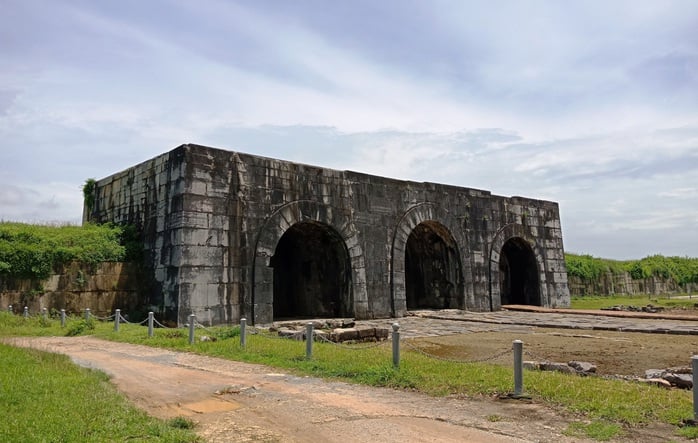
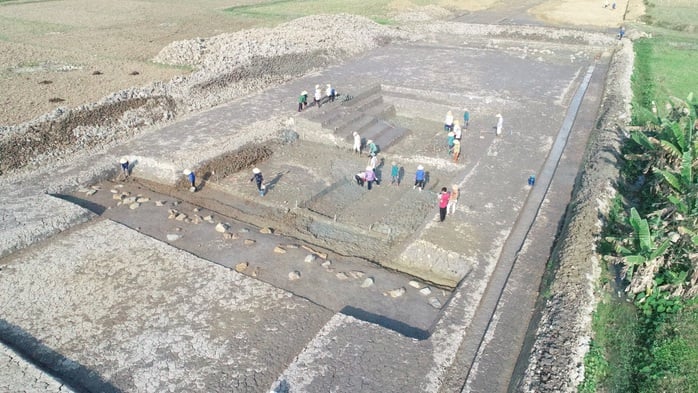
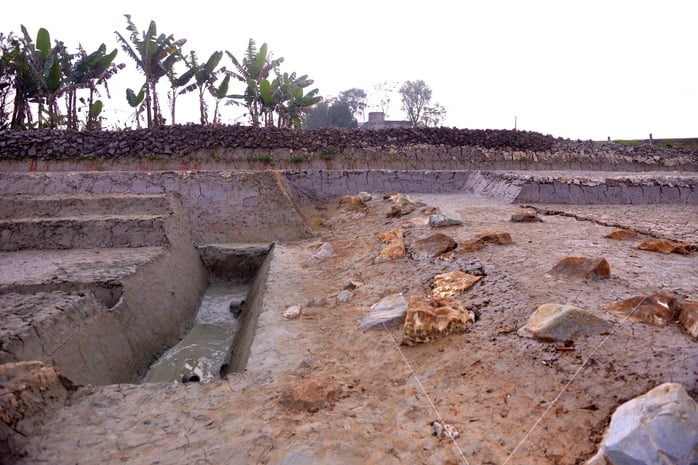
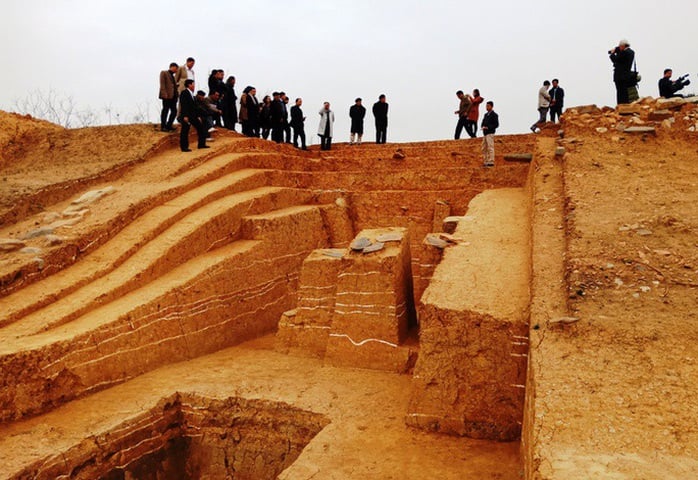

![[Photo] Prime Minister Pham Minh Chinh meets to prepare for negotiations with the United States](https://vphoto.vietnam.vn/thumb/1200x675/vietnam/resource/IMAGE/2025/4/29/76e3106b9a114f37a2905bc41df55f48)
![[Photo] Ho Chi Minh City: People are willing to stay up all night to watch the parade](https://vphoto.vietnam.vn/thumb/1200x675/vietnam/resource/IMAGE/2025/4/29/cf71fdfd4d814022ac35377a7f34dfd1)
![[Photo] General Secretary attends special art program "Spring of Unification"](https://vphoto.vietnam.vn/thumb/1200x675/vietnam/resource/IMAGE/2025/4/29/e90c8902ae5c4958b79e26b20700a980)
![[Photo] Nghe An: Bustling atmosphere celebrating the 50th anniversary of Southern Liberation and National Reunification Day](https://vphoto.vietnam.vn/thumb/1200x675/vietnam/resource/IMAGE/2025/4/29/64f2981da7bb4b0eb1940aa64034e6a7)
![[Photo] Hanoi is brightly decorated to celebrate the 50th anniversary of National Reunification Day](https://vphoto.vietnam.vn/thumb/1200x675/vietnam/resource/IMAGE/2025/4/29/ad75eff9e4e14ac2af4e6636843a6b53)


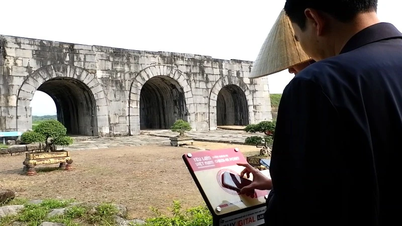






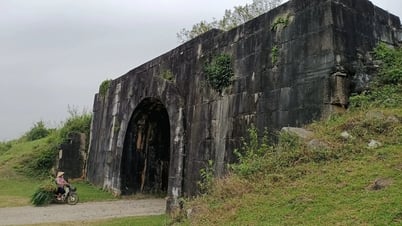

















![[Photo] People choose places to watch the parade from noon on April 29](https://vphoto.vietnam.vn/thumb/1200x675/vietnam/resource/IMAGE/2025/4/29/3f7525d7a7154d839ff9154db2ecbb1b)



























































Comment (0)